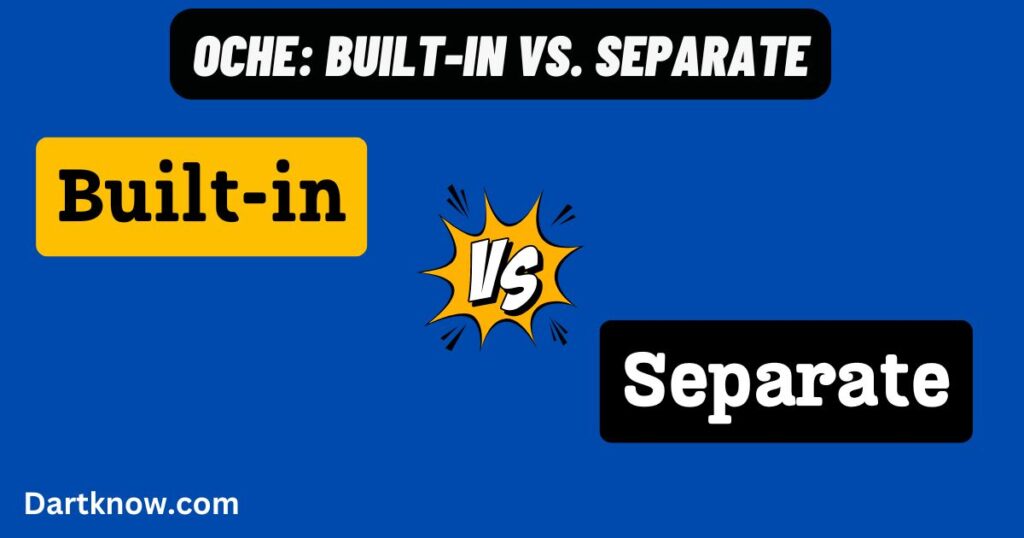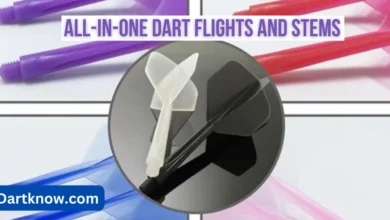A Complete Guide to Choosing Dart Mats for Beginners

A dart mat is a preventive mat planned to be placed on the floor under a dartboard. It serves several aims, such as protecting the floor from damage supported by dart impact and providing a constant surface for players to stand on while playing. Normally, dart mats are made from rubber or other tough materials to engage the impact of dropped darts.
Using a dart mat is essential for both security and maintenance. It prevents damage to the floor, especially in spaces with delicate surfaces like hardwood or tiles, from steel or plastic-tipped darts that miss the board. Additionally, dart mats help to mark the throwing distance, ensuring consistent gameplay. The mat also secures the darts themselves, reducing the chance of curving or numbing the tips upon contact with the floor.
Selecting a dart mat can be difficult, especially if you’ve not played before. This guidance can help you in choosing properly. We’ll go through the many kinds of mats, their sizes, compositions, and other essential factors. Now let’s get started!
Table of Contents
Why You Need a Dart Mat
You may be asking yourself, “Is a dart mat really necessary?” It is! Dart mats serve two important purposes:
- Floor Protection: Be careful when shooting darts indoors. The flooring may sustain harm from dropped darts, particularly if they are tiled or constructed of wood.
- Accurate Throwing Distance: Many dart mats include lines that indicate where to stand so that you can throw darts from the proper distance. We term these as “throw lines” or “oche.”
A quality dart mat will give you peace of mind to improve your playing experience entirely. It is an investment in safety and accuracy.
Different Types of Dart Mats
There are many types of dart mats, and each has unique advantages.
- Rubber Dart Mats: Robust, these mats give excellent protection and remain in place.
- Vinyl Dart Mats: These mats are less expensive but cannot last as long because they are lightweight and simple to roll up.
- Carpet Dart Mats: These offer more cushioning and protection for the floor, but their lifespan might not match that of rubber.
Consider where you’ll be playing and how generally you’ll need to move or store the mat when selecting the best mat.
Key Factors to Consider When Choosing a Dart Mat

Before buying a dart mat, keep these key factors in mind:
- Material: What is the mat made of? Is it durable enough for regular use?
- Size: Does it provide adequate floor coverage and include a throw line?
- Thickness: How well will it protect your floors from heavy darts?
- Price: How much can you spend? More expensive mats might last longer, but they’ll cost more.
This advice will assist you in selecting the most suitable mat for your requirements.
What kind of material is best for beginners?
Rubber and vinyl are the two types of materials deployed for creating dart mats. These materials are useful because they resist the power of a dart and are robust. Each has advantages and limitations:
- Rubber Dart Mats: These are the best choice for beginners looking for a strong, long-lasting mat. Rubber matting is more practical for beginners because they are heavier and sometimes includes pre-marked lines.
- Vinyl Dart Mats: Vinyl mats are lighter than rubber and may be rolled up more quickly. While may not be as reliable. They are a suitable choice for places where the mat needs to be kept after each game or for individuals searching for a short-term fix.
Dart Mat Thickness: Does It Matter?
Yes, the thickness of the mat can make a big difference. For better protection, especially when using steel-tipped darts, use thicker mats. If your floor is delicate, like hardwood, a thicker mat (at least 3 mm) will help stop the darts from making dents or scratches.
Mat Size and Coverage
Most dart mats are made to fit the space between the dartboard and where you throw the darts. But some mats are bigger, giving more protection to the floor. A normal dart mat is about 9 to 10 feet long, which gives you enough space to stand and play safely.
When choosing a mat, think about how much floor you need to protect. If your floor is expensive, a bigger mat is a good choice to protect it better.
Oche: Built-in vs. Separate

The oche is the floor line that specifies the proper distance to stand from the dartboard. Some dart mats have a separate oche, but others already have it marked on them.
- Built-in Oche: For new players, these mats have a special line already marked on them. This line will inform you exactly how far away you need to stand to throw a dart, there’s no need to measure.
- Separate Oche: You can purchase a separate Oche if your dartboard mat is missing this line. These can be attached to the top of your mat and are often constructed of wood or rubber.
For beginners, having a built-in oche can simplify setup and help ensure accuracy.
Budget-Friendly vs. High-End Dart Mats
Dart mats are available at a variety of rates, similar to other things. Cheap dart mats are typically composed of thinner vinyl and might not be as robust. Still, if you’re relatively new to the game, they are an ideal place to start.
premium dart mats composed of strong materials, such as rubber, or robust materials are designed to last for a long time. If you want to play regularly, they’re an excellent buy because they usually come with additional benefits like more playing areas or built-in oches.
How to Maintain Your Dart Mat
If you manage the dart mat, it will last longer. Utilize these simple tips to preserve the best potential condition for your mat:
- Clean it regularly: You can clean it or use a moist cloth to clean it down, based on the material.
- Store it properly: To avoid wear and tear, roll up the mat when not in use and store it safely dry.
- Avoid dragging heavy objects over it: Scratches and different forms of natural damage will be stopped by doing this.
If you take proper treatment of your dart mat, it will last for many years and create a safe and enjoyable playing environment.
FAQs
What is the best material for a dart mat?
Vinyl and rubber are two common materials for dart mats. They are powerful and resistant to the dart effect.
How thick should a dart mat be?
For floor protection, a dart mat should be at least 3mm thick. Thicker mats provide better protection, especially for steel-tipped darts.
Do all dart mats come with a throw line (oche)?
No, not all dart mats come with a built-in throw line. Some mats include it, while others require you to purchase a separate oche.
Can I use a dart mat outdoors?
A dart mat can be used outdoors, but to avoid it from replacing or blowing away, it’s best to securely fix it to the ground.
Are dart mats necessary for electronic dartboards?
Yes, a dart mat maintains you at the right distance and covers your floors from dropped darts, even with electronic dartboards.
Conclusion
In conclusion, selecting the best dart mat helps protect the surface from impact and enhances the whole playing experience. A strong dart mat not only protects the flooring from dropped darts but also offers a secure, non-slip surface that promotes play comfort and safety. If you play for fun or competition, an excellent dart mat may cut off conditions and provide stability for a long time, which can greatly improve performance.
Selecting a mat that suits your demands depends on careful analysis of elements such as material, size, and flexibility. To make a good decision, look into product comparisons and reviews. In the end, buying a high-quality dart mat makes the game more enjoyable, and safe, and allows you to concentrate on developing your skills.




